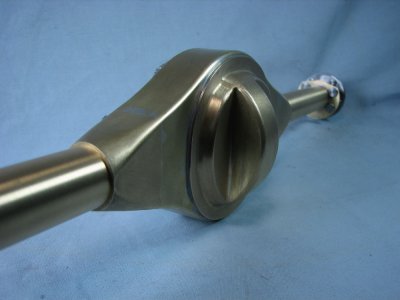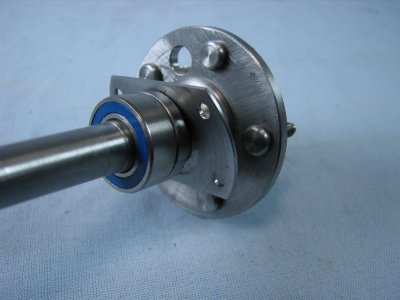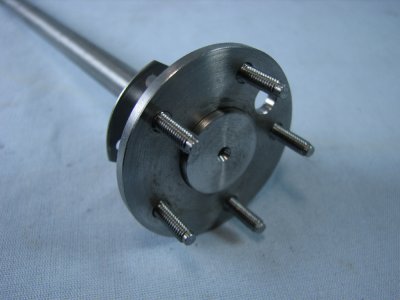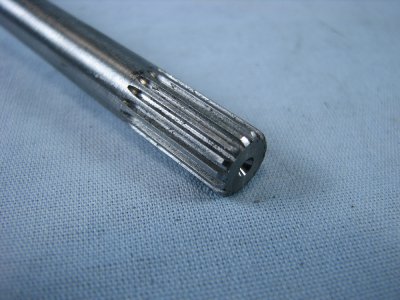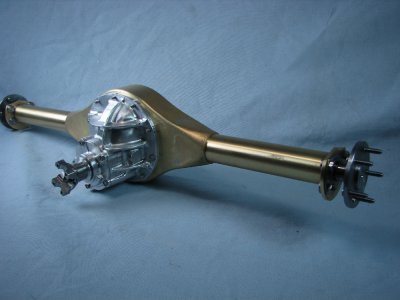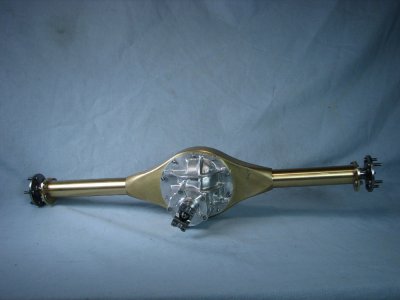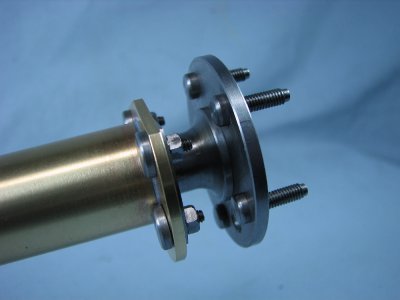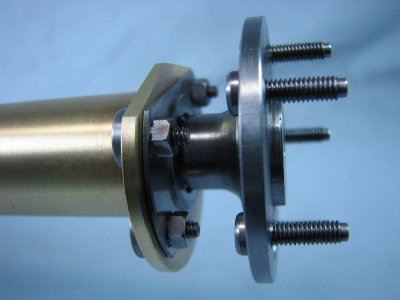- Joined
- Mar 22, 2013
- Messages
- 215
The rear cover was polished up and soldered to the main banjo housing. The holes that were put in at the start to hold the 2 pieces together are all covered up and only visible on the inside. Studs were made and and Loctited into the threaded holes. The center section was then bolted to the housing for some photographs. The mikes give an idea of the size.
gbritnell
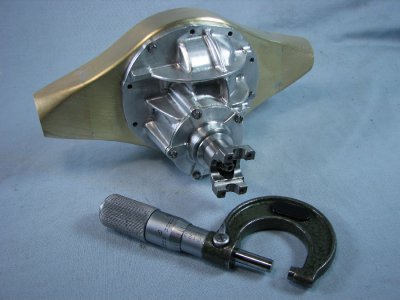
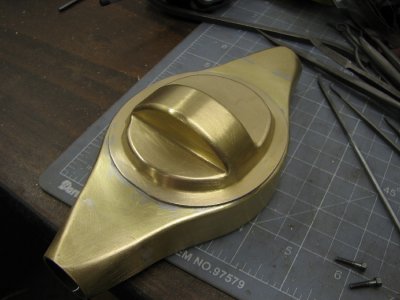
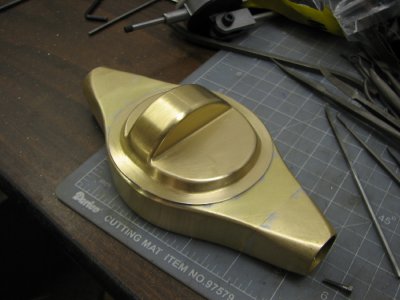
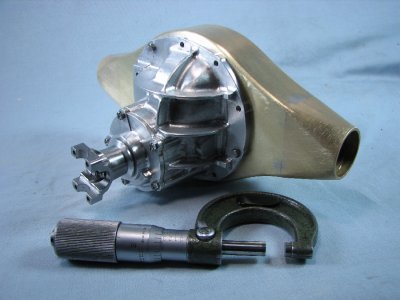
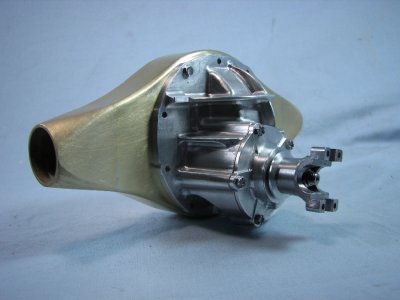
gbritnell






